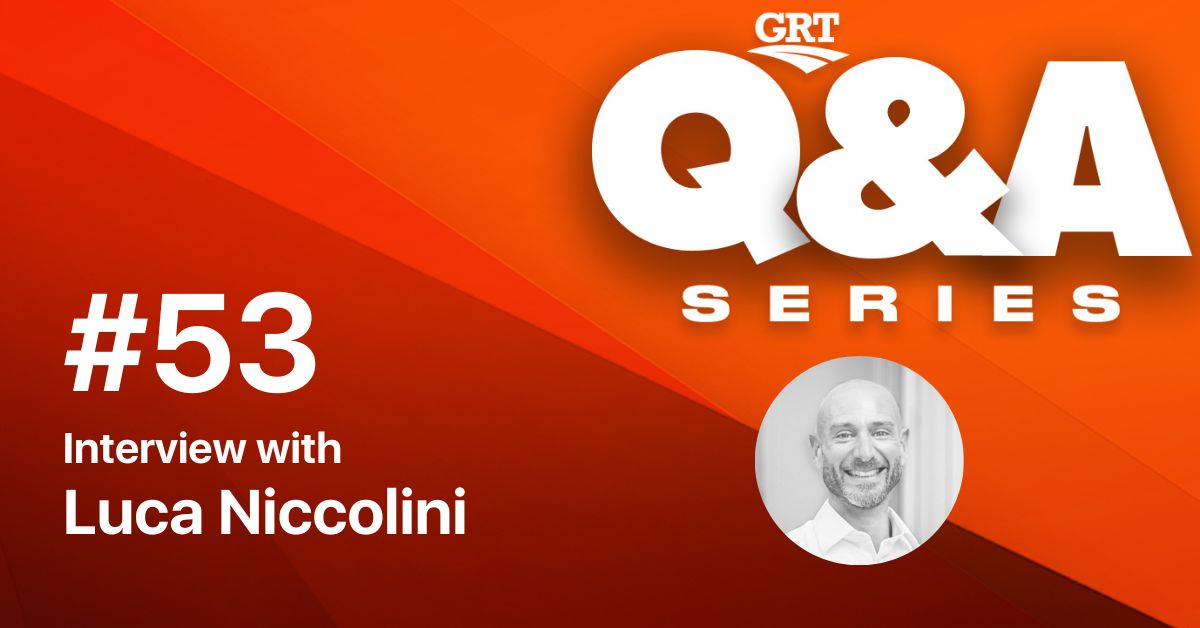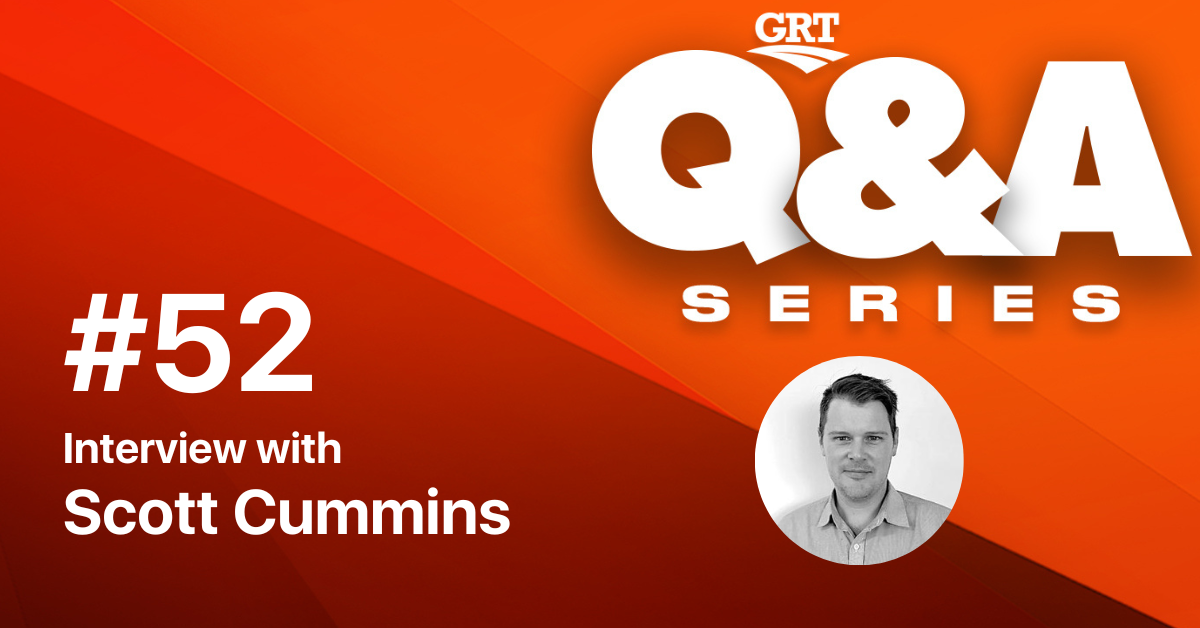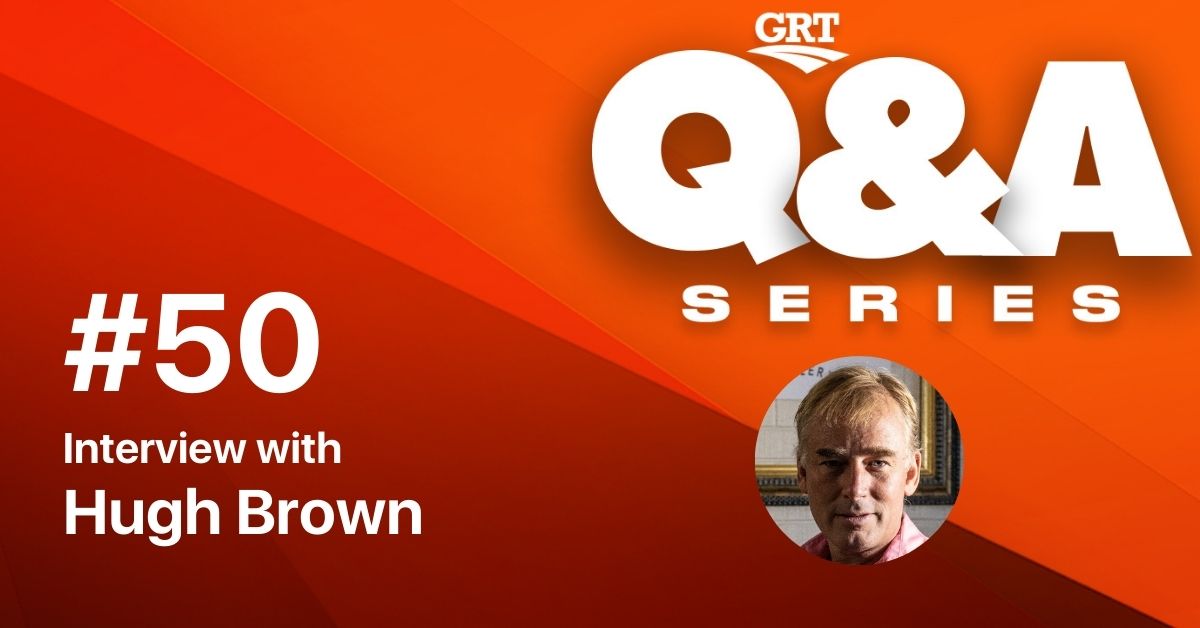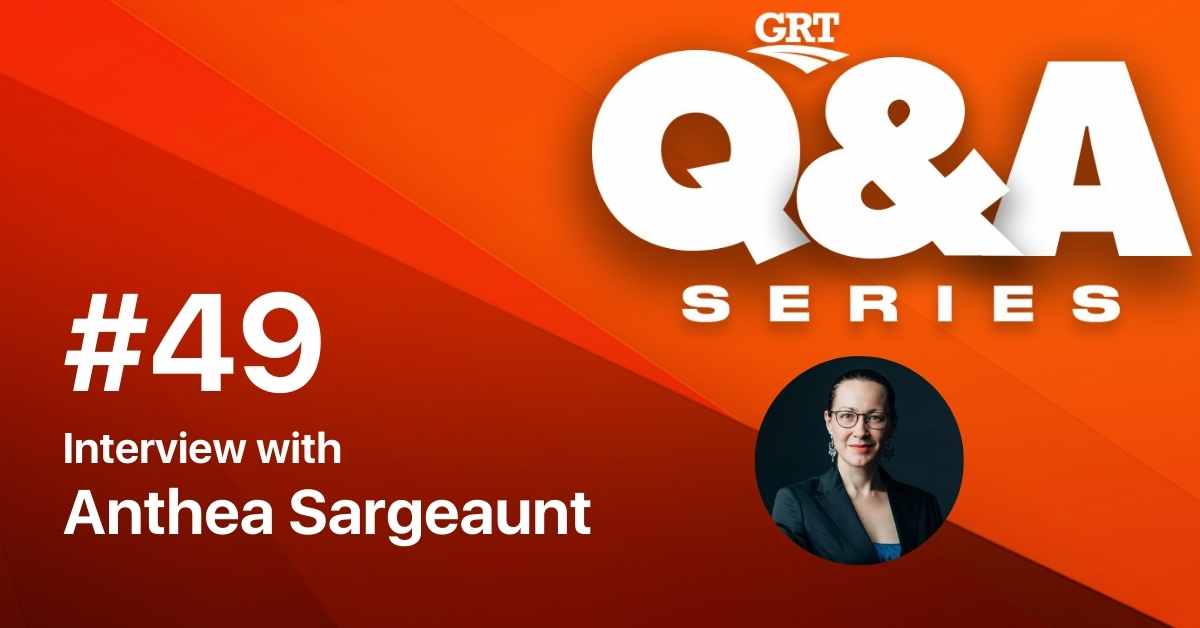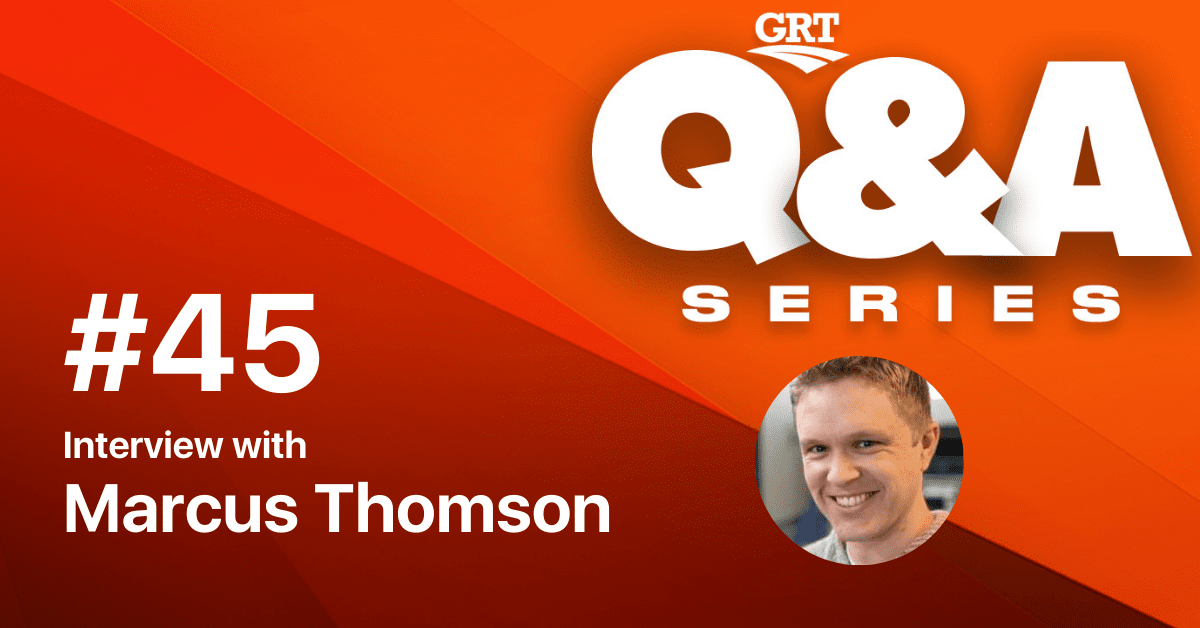Q&A series #44 : Interview with Roland Gotthard
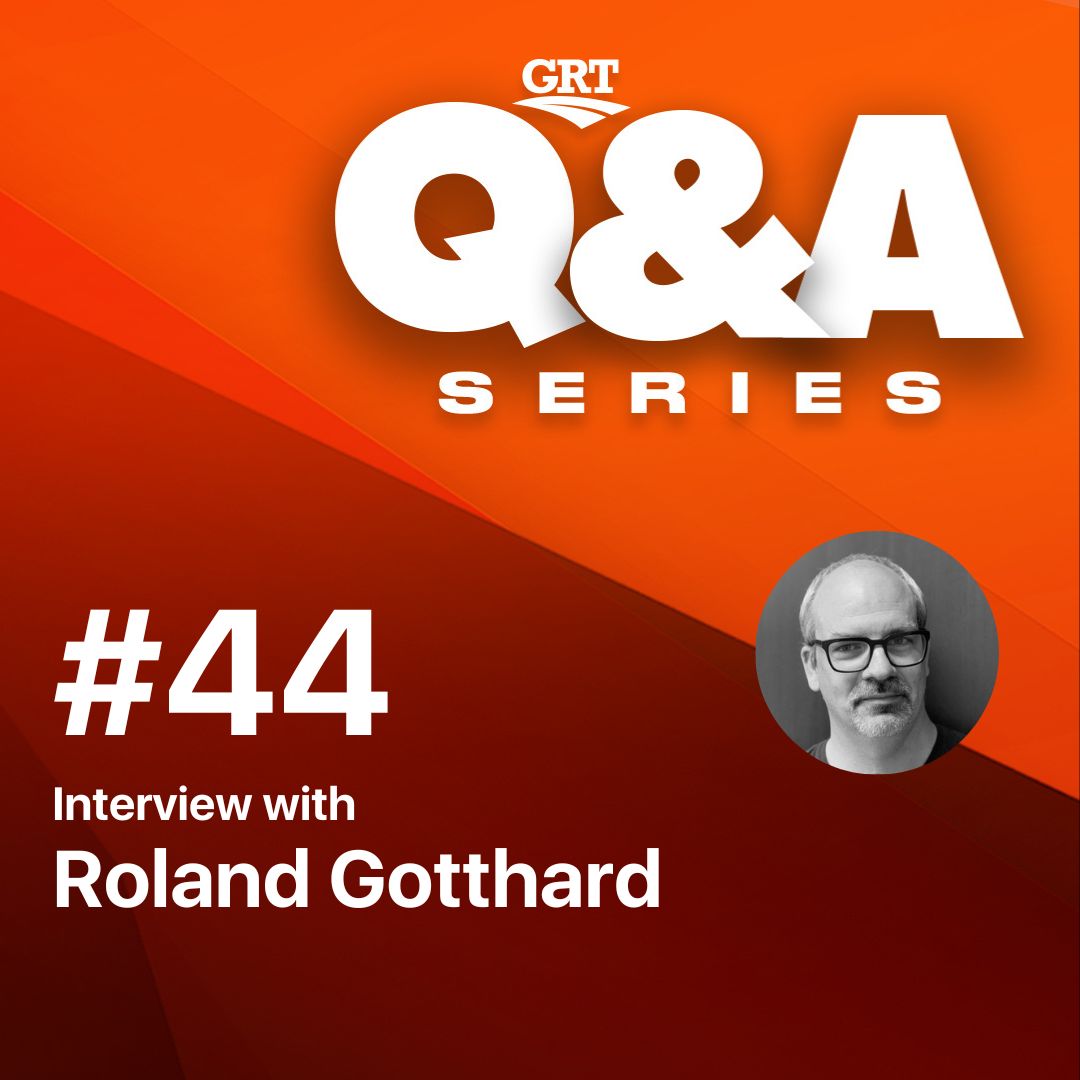
About the guest
Roland is an exploration geologist, project generator and entrepreneur with approximately 20 years’ experience in mineral exploration throughout Western Australia and beyond, with expertise concentrated in magmatic mafic systems and Proterozoic orogens. He has experience in a range of commodities, with recent work focusing on rare earth element exploration, metallurgical innovation, project generation and mineral systems analysis. He is able to manage all stages of mineral exploration programs including scoping studies and DFS level studies. He is currently exploring and developing new metallurgical processes and sources of tech metals and materials for the battery chemicals industry.
Topic of discussion: Mineral exploration in Western Australia
Mineral exploration is the attempt to understand the geologic history of a region, to predict where some minerals might have been deposited.
In mines already under exploration, geologists describe the characteristics of the ore and try predicting where in that mine digging must happen to find more ore.
Geologists make geological maps describing the rocks, structures and minerals that occur in the area they are mapping. An exploration geologist looks at the maps and assesses to see if they correlate with the characteristics usually found in the deposit.
In the past 2 years, Western Australia has consistently topped the charts with the biggest share of exploration expenditure registering about 60% of the total expenditure.
In this GRT Q&A we speak to a seasoned geologist and Director of Playa One Pty Ltd, Roland Gotthard. Our discussion focuses on mineral exploration in Western Australia. He is based in the Greater Perth Area in Australia.
Q1) A warm welcome to the GRT Q&A Series Roland. It’s an honour and pleasure to have you. Please tell us more about you and your illustrious two-decade career as a geologist?
Thanks for having me. Geologists have a saying that he who sees the most rocks wins, and I have worked in almost every area in Western Australia over the past 17 or so years in a variety of commodities, starting off in nickel and gold exploration as one tends to do, but also doing gemstones, base metals, rare earths, and now exploring salt lakes.
Q2) Currently, you are the Director of Playa One Pty Ltd. Can you tell us more about your role and what the company does?
Playa One Pty Ltd is basically myself and four colleagues who backed my crazy idea to create high purity alumina (HPA) from a mineral source that has not previously been utilised. I explain it as turning mud into light bulbs, as HPA is primarily used in LED lighting. We have spent two years in the laboratory with trial and error and achieved the benchmark purity for high value HPA – 99.99%. The company has also pegged two exploration licenses.
Q3) Is it possible to produce the low-cost, low-carbon high purity alumina? How far has metallurgical research gone in making this a possibility?
Our research identified certain lake clays as a source of raw material with unique properties that reduce the energy required to produce the final product. This includes the fine grain size of the clay at 4 microns, allowing elimination of comminution (crushing, grinding), which can be up to 40% of a mine’s energy budget. Additionally our process eliminates one stage of calcining (roasting the clay at 500-700 degrees) as required by kaolin processes, replacing it with low temperature baking. This allows the majority of our process to operate on electrical power, with reduced natural gas, and that’s likely to be renewable energy going forward. In all cases, lower total energy consumption allows for lower CO2 emissions from the process.
We have completed preliminary process modelling and economic studies, and we think that we are in a good position to beat the current ASX listed HPA developers on operating costs and CO2 intensity. Our strategy is to position ourselves for nett zero, and capture the funding that is flowing into the mining sector on that basis.
Q4) Across your mining exploration experiences, how much have ore grades changed over time? Is there a rise or decline in ore grade?
Working in the mining industry for the best part of 20 years it is amazing to look at how low grades have got in terms of what companies are discussing as potentially economic today. There’s definitely a decline in grade overall. Recently in copper, for instance, 0.3% is being discussed as feasible, and overall head grade of the global industry is below 1%. It is a challenge to rethink what you perceive as ‘low grade’ and what you perceive of as ‘uneconomic’ because the economics of mining is changing almost daily. As an explorationist, you have to keep in mind that you are exploring for mines that will begin producing in 10 years; that’s a different grade environment than what your experience is grounded in from 10 years ago.
Q5) Rare earth elements have gained traction in mining markets recently. What are they from a geomorphology point of view? Where in Australia are they being mined and what are their potential uses?
Rare earths, or lanthanides, are 17 chemical elements that are very similar chemically, and are present at relatively uniform concentration throughout the crust. Their rarity is a misnomer, and comes from the difficulty in separating them from the rocks and purifying each individual element from the others, to produce metals or chemicals. These are important elements for modern society, from hard disk drives, laser diodes, radar receivers, super magnets used in wind turbines and electric cars, to phosphors in fluorescent lights. The supply has been dominated by China, and with the geopolitical tensions and supply chain disruptions, the reliability of Chinese supply is questionable on the long term.
Australia has huge potential for rare earths mining, and has one mine at Mount Weld in Western Australia, with two more in the pipeline in WA, and one in NSW at Dubbo. There is a cracking plant to treat Mount Weld ore being built in Kalgoorlie, and a monazite cracking plant proposed near Geraldton, with the Dubbo project expected to produce concentrates for treatment in Korea. However, exploration for rare earths has only recently really got off the ground, so I expect that further supply will eventuate.
Q6) Battery metals have certainly seen an upward trend in demand as a result of electric vehicles. Is there enough supply to meet the demand? Is recycling going to be a viable alternative to increase availability of battery metals?
Recycling of battery metals will be important, but it cannot meet exponential demand – you have to produce it first, then recycle it. Recycling is never 100% efficient. If you lose even 2% every cycle, you’ll run out of material quickly. So we will always need more metal, but the scale of demand is beyond any logical ability to meet it. So we have to demand less and use less per capita.
I think we have to begin having difficult conversations around what society and people value and expect in their lives, in terms of material possessions, the nature of work and wealth, and restructure our dependence on vehicular transport. I say this because, if you accept that running a global experiment on pumping carbon dioxide into the atmosphere is risky business and could go catastrophically wrong, then you go through the seven stages of grief about your lifestyle. We have got through Denial – climate science denial – and anger, insomuch as there has been rage about EVs destroying people’s weekends and so on. We are moving into the bargaining phase, where we are trying to replace 20 million cars in Australia within 15 years, and we need ludicrous amounts of lithium, nickel, cobalt, neodymium, let alone copper. And this is just Australia’s EV fleet, not even Europe or the USA. It is clear that there isn’t enough ore to achieve nett zero and let everyone buy whatever EV they want for a cheap price and drive wherever they want whenever they want. Perhaps people will grieve over their holidays and weekends.
However, if the pandemic has showed us anything it is that if we change the nature of work – from home for example – then potentially we can do without cars, or not as many. If we go back to 1 car per family, we halve the material needs. If we drive half as much, and need smaller batteries, we can halve it again. Perhaps this can be sustainable for a few decades.
Q7) In closing, mining has a bad reputation when it comes to sustainability. In your own opinion, how can technology improve sustainability in mining?
Mining isn’t sustainable, it’s all non-renewable resources, and so a lot of talk about sustainability is just propaganda. However, there is a lot of research into ‘circular economy’ concepts – where wastes are recycled, and waste products put to use. This includes mining wastes of all types, from waste rock to tailings and treating industrial chemical wastes. A great example of this exists in Western Australia at the Kwinana Industrial Area. Research is continuing in to utilising waste products for new purposes. For instance, circling back to rare earths, there are many tailings dams and waste rock dumps with potential to provide rare earths. Sourcing metals from waste reduces land disturbance and allows us to maintain viable ecosystems and biological capacity.
Mining is at the forefront of many green technologies, especially in renewable energy microgrids, co-generation, hybrid battery storage generators and the like. New mines in Australia are fuelled by more and more renewable energy, and less and less fossil fuels, and this happened against the last government’s policy position, and without subsidies. Mining, arguably, has led the penetration of renewables into industrial energy, but it has happened out of sight in the desert. Mining, perhaps, needs to talk more about what it’s actually doing and how it is ahead of the game compared to other industry sectors.
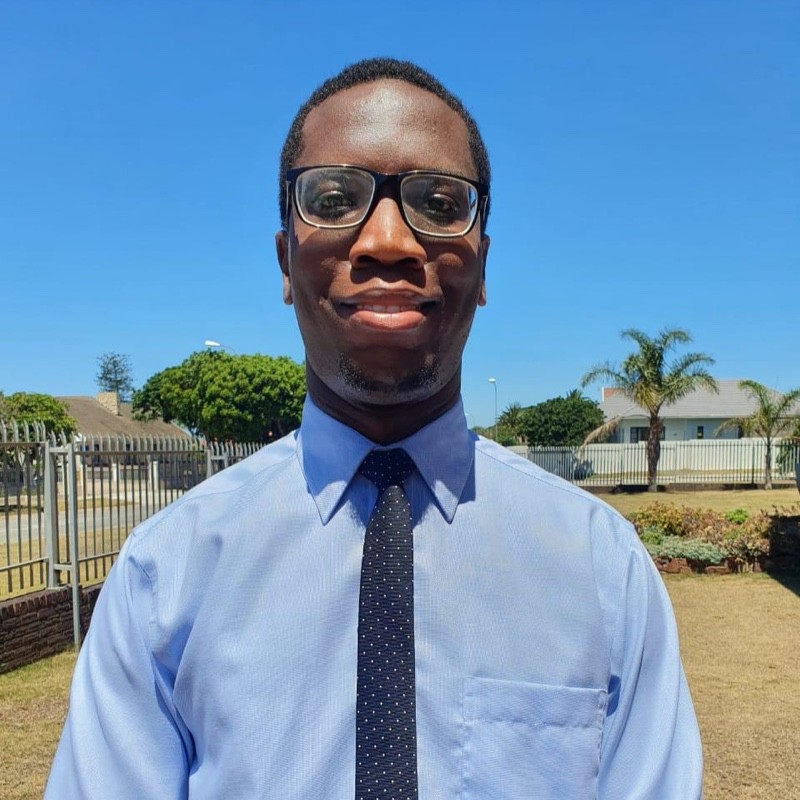
Keith Nare
Technical Head of Communications for GRT, Keith leads GRT's content strategy across various platforms, whilst coordinating internally to build the voice and opinions of the GRT team. Keith is a product of Nelson Mandela University and his PhD work focuses on Polymer and Physical Chemistry. He was a Research Associate at SANRAL in South Africa and later spent time as a Visiting Research Associate to NTEC at the University of Nottingham in the UK. He is a former Director of Communications for CALROBO in the USA.
Keith is passionate and enthusiastic about health and safety, sustainability, networking and finding synergy through conversations.
Troy Adams
Troy Adams is the Managing Director of Global Road Technology (GRT) Specialising in Engineered Solutions for Dust Suppression, Erosion Control, Soil Stabilisation and Water Management. A pioneering, socially conscious Australian entrepreneur, Troy Adams is passionate about health and safety and providing innovative solutions that are cost-effective to the mining industry, governments and infrastructure sectors. Troy is also a tech investor, director of companies like Crossware, Boost, Hakkasan, Novikov and more.
